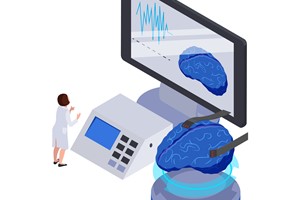The article highlights the importance of advanced imaging techniques in enhancing stent visualization during the treatment of complex bifurcation coronary disease. It details a clinical case involving a 53-year-old male patient with significant stenosis in his coronary arteries, emphasizing the procedural challenges faced by interventional cardiologists when navigating bifurcation lesions.
Central to the discussion is the double kissing crush (DK crush) technique, which optimally positions stents at bifurcation points, improving outcomes. This method is crucial in reducing the risk of stent failure and ensuring proper blood flow.
The article further elaborates on the innovative CLEARstent technology developed by Siemens Healthineers, which plays a pivotal role in enhancing visualization during interventional procedures. By providing clearer images of stent borders, the technology enables clinicians to make more precise decisions during complex interventions. This improved visualization is essential in navigating the intricate anatomy associated with bifurcation lesions, ultimately leading to better procedural success rates and patient outcomes.
The significance of integrating advanced imaging tools like CLEARstent into everyday clinical practice is underscored, as these technologies not only facilitate the technical aspects of the procedure but also contribute to a more comprehensive understanding of the patient's unique anatomy. Enhanced imaging can lead to improved stent placement and reduced complications, which is particularly critical in high-stakes situations such as bifurcation interventions.
This emphasizes that utilizing sophisticated imaging techniques can significantly improve the management of complex coronary lesions, benefiting both patients and healthcare providers. The successful application of such technologies reflects a growing trend in cardiology toward precision medicine and individualized treatment strategies, ultimately aiming for better clinical outcomes.










